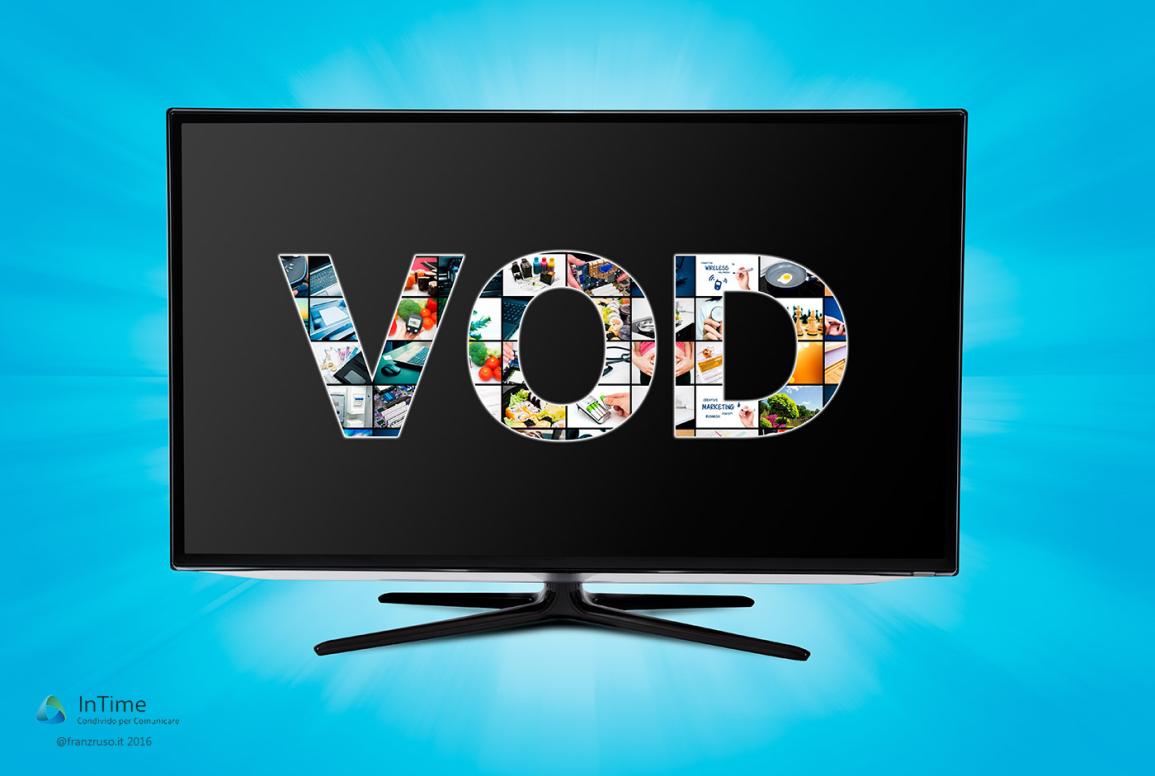What Are the Different Ways to Monetize DivX How-to Video on Demand?
DivX How-to Video on Demand (VOD) has gained immense popularity in recent years, offering viewers a convenient and accessible way to learn new skills and knowledge. With its growing demand, content creators and distributors are exploring various monetization strategies to generate revenue from their DivX VOD content.

I. Advertising-Based Monetization
Advertising-based monetization is a prevalent method of generating revenue from VOD content. It involves displaying advertisements before, during, or after the video content.
Types Of Advertising Models:
- Pre-roll, Mid-roll, and Post-roll Ads: These are video ads that play before the main video content, during natural breaks, or after the video has ended.
- Overlay Ads, Companion Ads, and Sponsored Content: These are non-video ads that appear as banners, text links, or interactive elements within the video player.
Advantages:
- Provides a steady stream of revenue without requiring upfront investment.
- Allows content creators to reach a wider audience and promote their brand.
Disadvantages:
- Can be intrusive and disrupt the viewing experience.
- Relies on viewer engagement and ad clicks for revenue generation.
II. Subscription-Based Monetization

Subscription-based monetization involves charging viewers a recurring fee to access a library of DivX VOD content. This model offers a more stable and predictable revenue stream compared to advertising-based monetization.
Types Of Subscription Models:
- Flat-rate Subscription: Viewers pay a fixed monthly or annual fee to access all content on the platform.
- Tiered Subscription: Viewers can choose from different subscription tiers, each offering access to different levels of content or features.
- Freemium Model: Viewers can access basic content for free, while premium content is available to paid subscribers.
Advantages:
- Provides a reliable and predictable source of revenue.
- Encourages viewer loyalty and retention.
- Allows content creators to offer exclusive content to subscribers.

Disadvantages:
- Requires a critical mass of subscribers to generate significant revenue.
- Can limit the reach of content to non-subscribers.
III. Transactional-Based Monetization
Transactional-based monetization involves selling or renting individual DivX VOD videos to viewers. This model allows content creators to charge a one-time fee for each transaction.
Common Pricing Strategies:
- Pay-per-view (PPV): Viewers pay a set fee to watch a specific video or event.
- Electronic Sell-through (EST): Viewers purchase a video and can download or stream it indefinitely.
- Video on Demand (VOD) Rental: Viewers rent a video for a limited period, typically 24 or 48 hours.
Advantages:
- Provides a direct and immediate source of revenue.
- Allows content creators to set their own prices.
- Offers viewers the flexibility to choose the content they want to watch.
Disadvantages:
- Requires significant marketing and promotion to generate sales.
- Can limit the reach of content to viewers who are willing to pay for it.
IV. Hybrid Monetization Models
Hybrid monetization models combine elements of advertising-based, subscription-based, and transactional-based monetization to maximize revenue generation.
Examples Of Hybrid Models:
- Advertising-supported Subscription (AVOD): Viewers can access content for free with advertising, or they can pay a subscription fee to watch content without ads.
- Transactional Video on Demand with Advertising (TVOD with ads): Viewers can purchase or rent videos, but they may also see advertising during the playback.
Benefits:
- Provides multiple revenue streams, reducing reliance on a single monetization method.
- Allows content creators to cater to different viewer preferences and budgets.
Challenges:
- Managing multiple monetization methods can be complex and time-consuming.
- Balancing the user experience with advertising can be challenging.
V. Emerging Monetization Trends
The DivX How-to VOD industry is constantly evolving, and new monetization trends are emerging to provide content creators with innovative ways to generate revenue.
Examples Of Emerging Trends:
- Microtransactions: Selling small, incremental pieces of content or features within a video.
- Product Placement: Integrating branded products or services into the video content.
- Crowdfunding: Raising funds from viewers to support the production of new content.
- Blockchain-based Monetization: Using blockchain technology to create transparent and secure payment systems.
VI. Conclusion
The monetization of DivX How-to VOD content involves a variety of strategies, each with its own advantages and disadvantages. Content creators and distributors can choose the monetization model or combination of models that best suits their content, target audience, and business objectives. As the industry continues to evolve, new and innovative monetization trends will emerge, providing content creators with even more opportunities to generate revenue from their DivX VOD content.
To stay up-to-date on the latest monetization trends and best practices, content creators are encouraged to explore further resources, attend industry events, and connect with other content creators and distributors in the DivX How-to VOD space.
YesNo

Leave a Reply